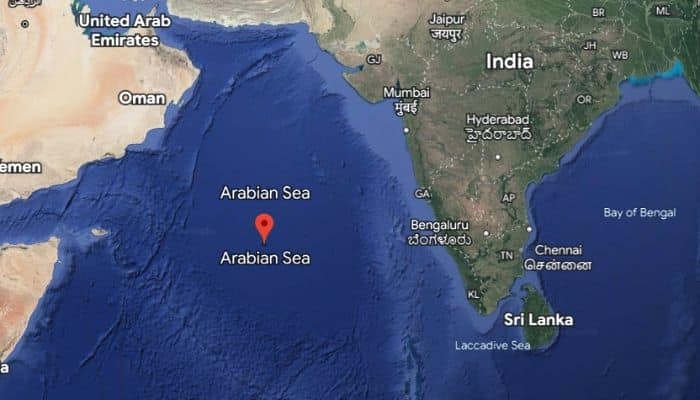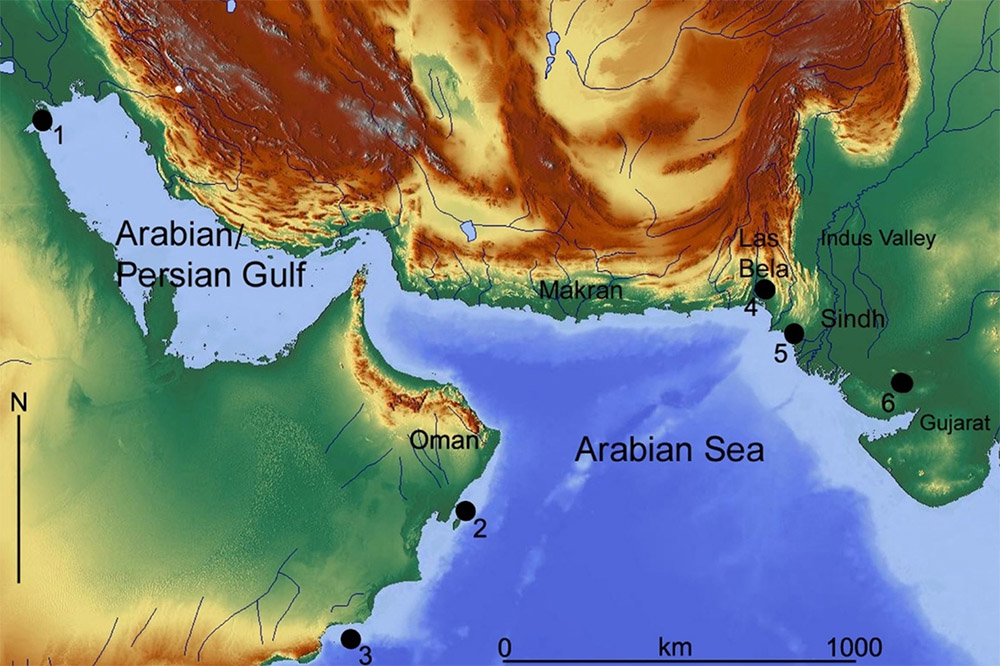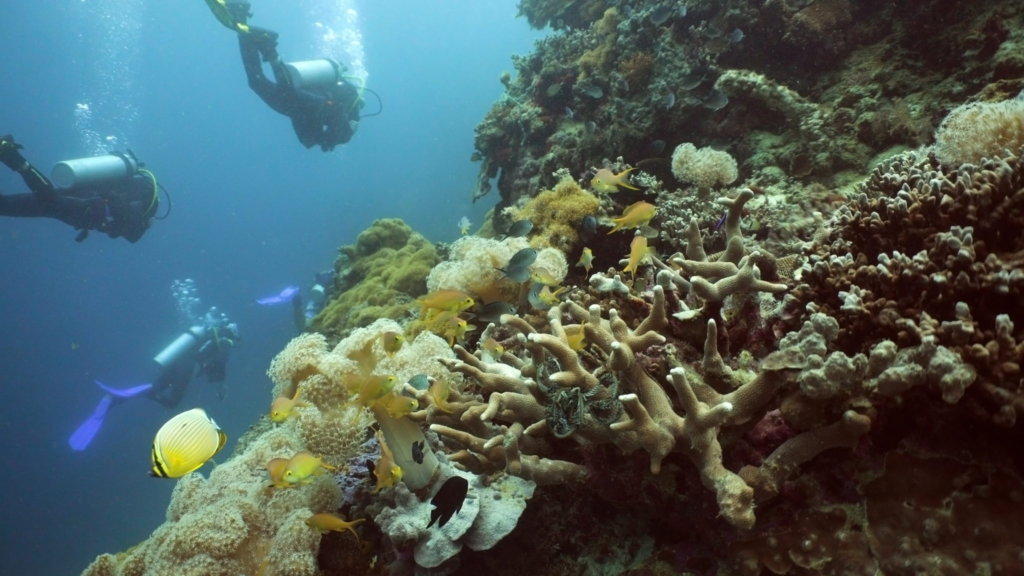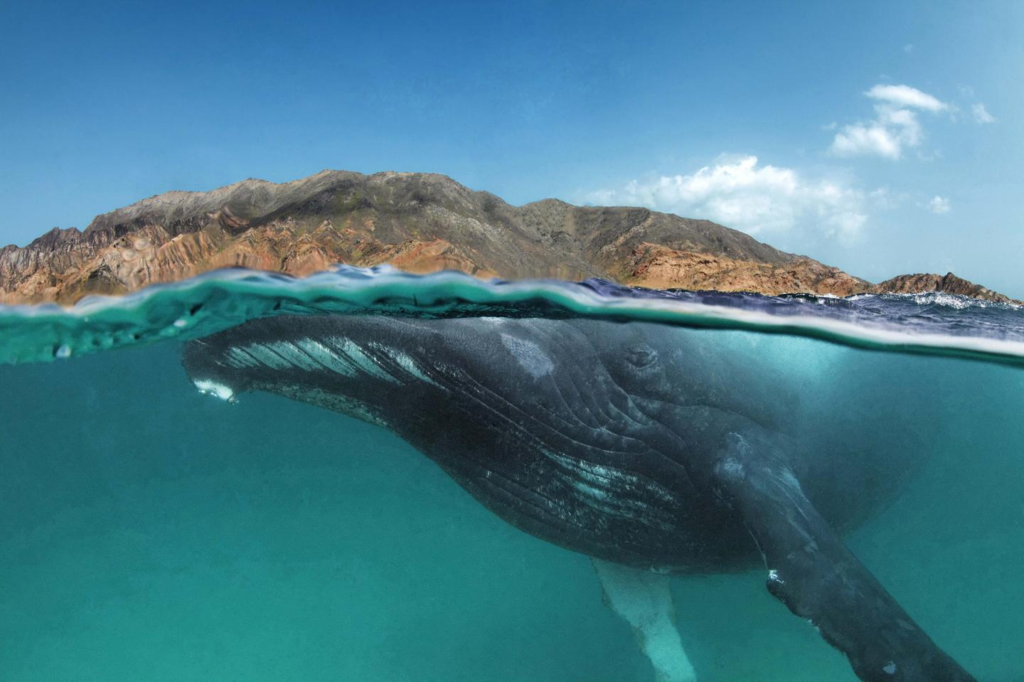Explore the geography, marine life, and cultural significance of the Arabian Sea in this comprehensive guide.
The Arabian sea : Introduction
The Arabian Sea, situated in the northwestern part of the Indian Ocean, plays a crucial role in global maritime trade, connecting Europe and India. Covering an expansive area of about 1,491,000 square miles, it boasts a diverse range of physical features, geological formations, and a rich history of exploration and trade. This article delves into the geographical, geological, and ecological aspects of the this sea, exploring its significance as a maritime route, its unique submarine morphology, and the economic resources it harbors.
ALSO READ : Meerkats’ Emotional Intelligence : Researchers Investigate Human Interaction Impact

Geography and maritime significance
Bounded by the Horn of Africa and the Arabian Peninsula to the west, Iran and Pakistan to the north, India to the east, and the Indian Ocean to the south, the Arabian Sea is a key maritime route connecting major trading nations. The Gulf of Oman and the Gulf of Aden provide access to the Persian Gulf and the Red Sea, respectively, making the Arabian Sea a vital link in international shipping lanes.
The Arabian Sea’s deep waters, with depths exceeding 9,800 feet in most areas, facilitate large vessels traversing its expanse. Islands such as Socotra, Khuriyyā Muriyyā, and Lakshadweep add to the sea’s geographical diversity, while rivers like the Indus and the Narmada contribute freshwater inflows.

Submarine morphology and geology
Formed around 50 million years ago due to the collision of the Indian subcontinent with Asia, the Arabian Sea exhibits intricate submarine features. The Carlsberg Ridge, extending southeastward from Socotra, divides the sea into the Arabian Basin to the east and the Somali Basin to the west. The maximum depth, known as Wheatley Deep, reaches an impressive 19,038 feet.
The Murray Ridge and the Malian subduction zone further contribute to the geological complexity of the Arabian Sea. Notable features include a deep submarine canyon carved by the Indus River and authigenic ferromanganese nodules discovered in the Somali and Arabian basins.

Climate and hydrology
The Arabian Sea experiences a monsoon climate, with temperature variations and salinity changes corresponding to the seasonal monsoon winds. The complex Somali Current, part of a clockwise circulation system, influences the sea’s hydrodynamics, leading to upwelling along the coasts of Somalia and Arabia.
Due to evaporation exceeding precipitation and riverine input, the Arabian Sea undergoes a net water loss annually. These hydrological characteristics contribute to the formation of rich fishing grounds and nutrient concentrations in specific areas.

Economic aspects
The Arabian Sea’s economic significance is notable, with petroleum and natural gas deposits exploited on the continental shelf off the coast of India. Fishing in the region, both small-scale and commercial, thrives due to the sea’s nutrient-rich waters. Pelagic fish such as tuna, sardine, and sharks are abundant, supporting the economies of countries bordering the sea.
Moreover, the Arabian Sea serves as a strategic transportation route, hosting some of the world’s busiest shipping lanes. Shipping originating from the Red Sea and the Persian Gulf passes through this vital corridor, with major ports like Mumbai, Karachi, and Marmagao facilitating trade.

Study and exploration
Throughout history, the Arabian Sea has been a subject of exploration and study. In medieval times, Arab and Persian seafarers utilized monsoon winds for navigation, documenting detailed routes in rahmangs (“books of routes”). In contemporary times, oceanographic expeditions, such as the Mabahiss Expedition of 1933–34 and the International Indian Ocean Expedition (1960–65), have provided valuable insights into the sea’s hydrography, currents, and geology.

Conclusion
The Arabian Sea stands as a testament to the dynamic interplay of geological forces, climate patterns, and human activities. Its role as a maritime gateway, economic resource, and ecological treasure underscores its importance in the global context. Understanding and preserving the Arabian Sea’s diverse ecosystems and geological features remain crucial for sustaining its significance in the centuries to come.
To explore more news : Click Here
ALSO READ : Lakshadweep : India’s Enchanting Archipelago In The Arabian Sea




































